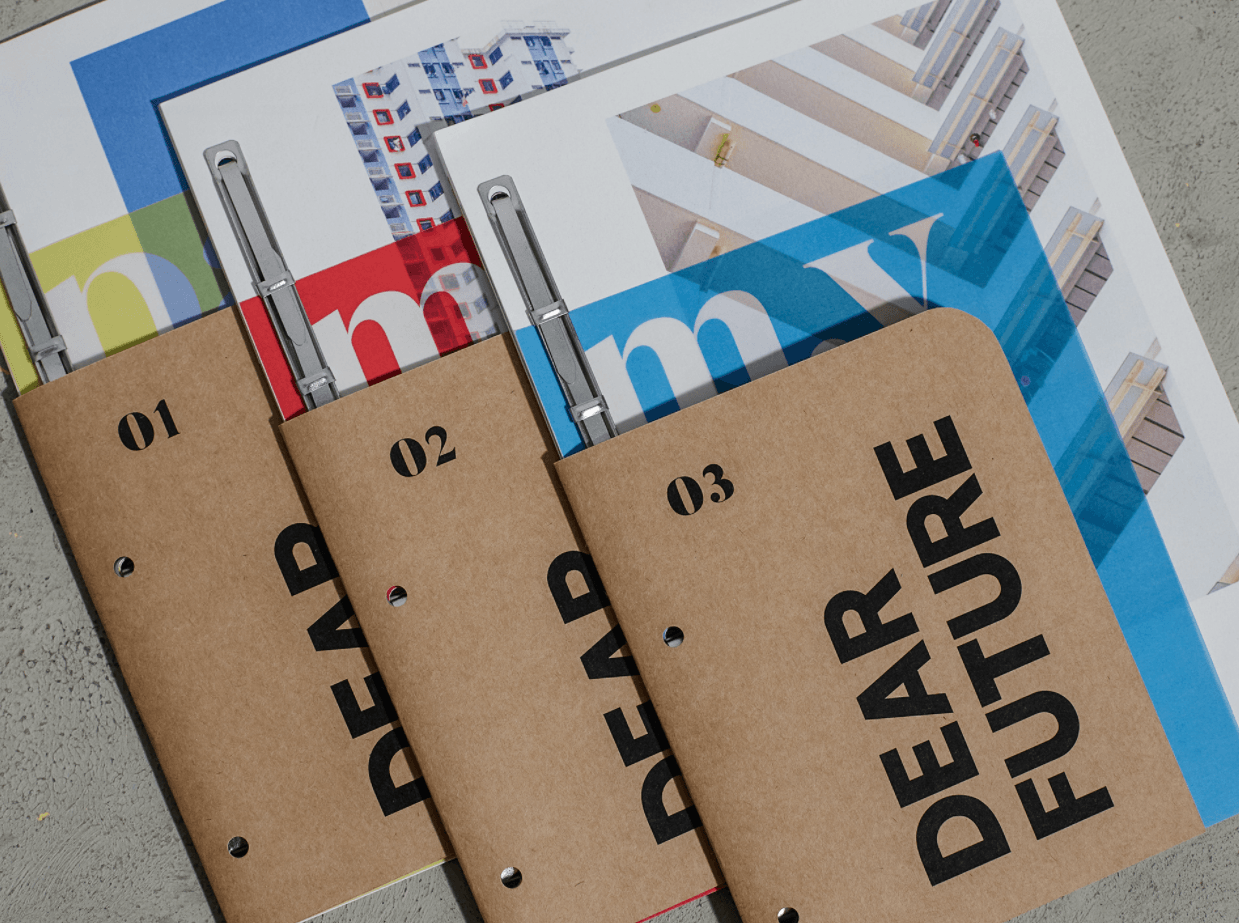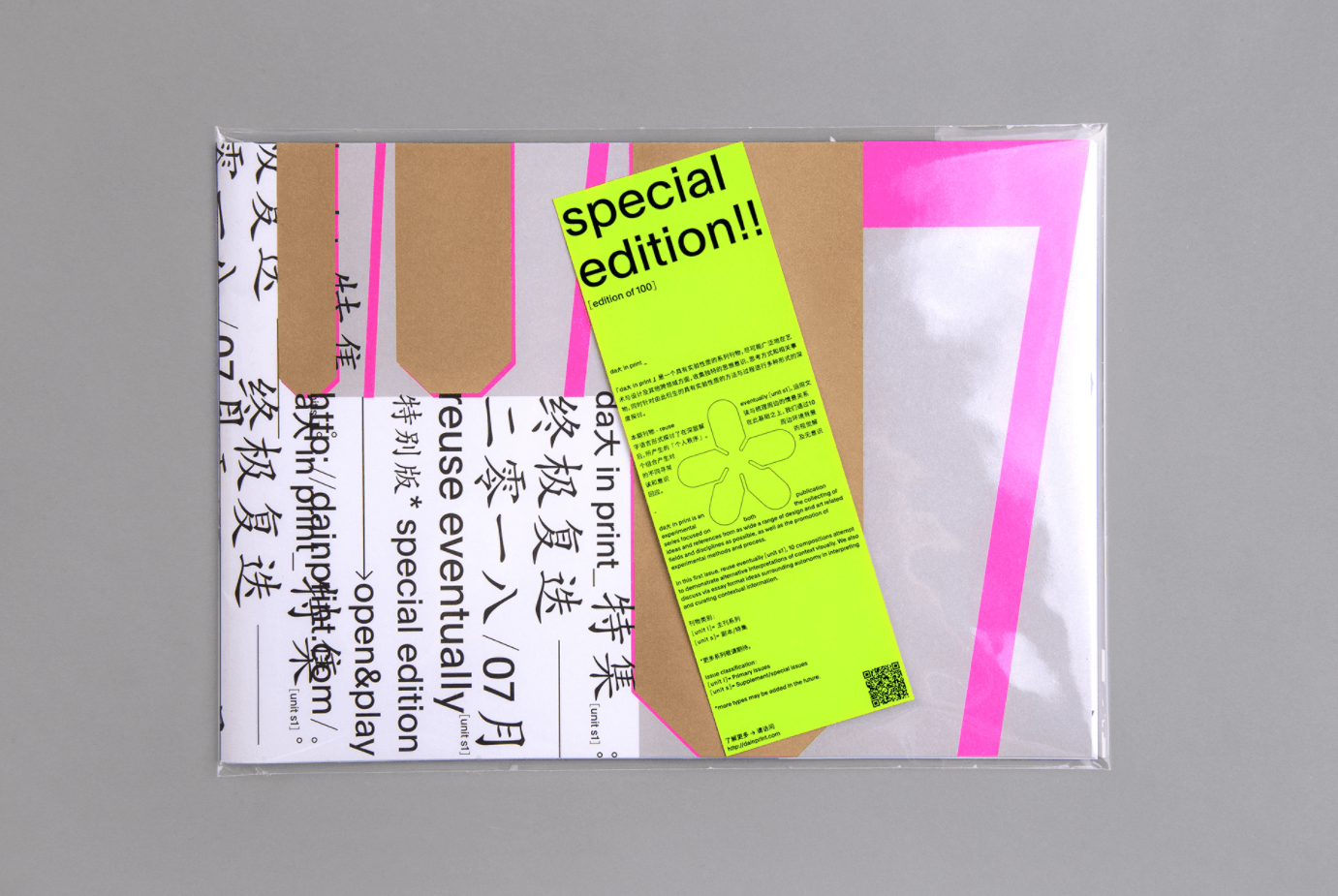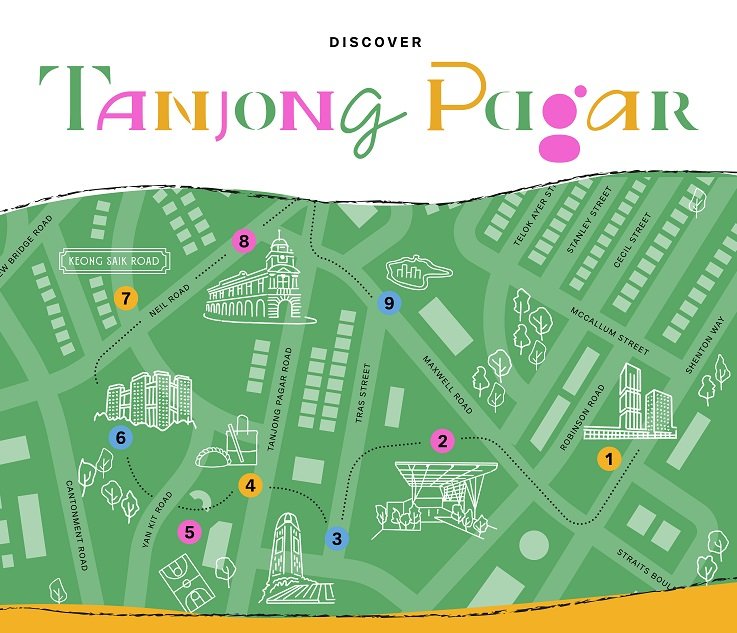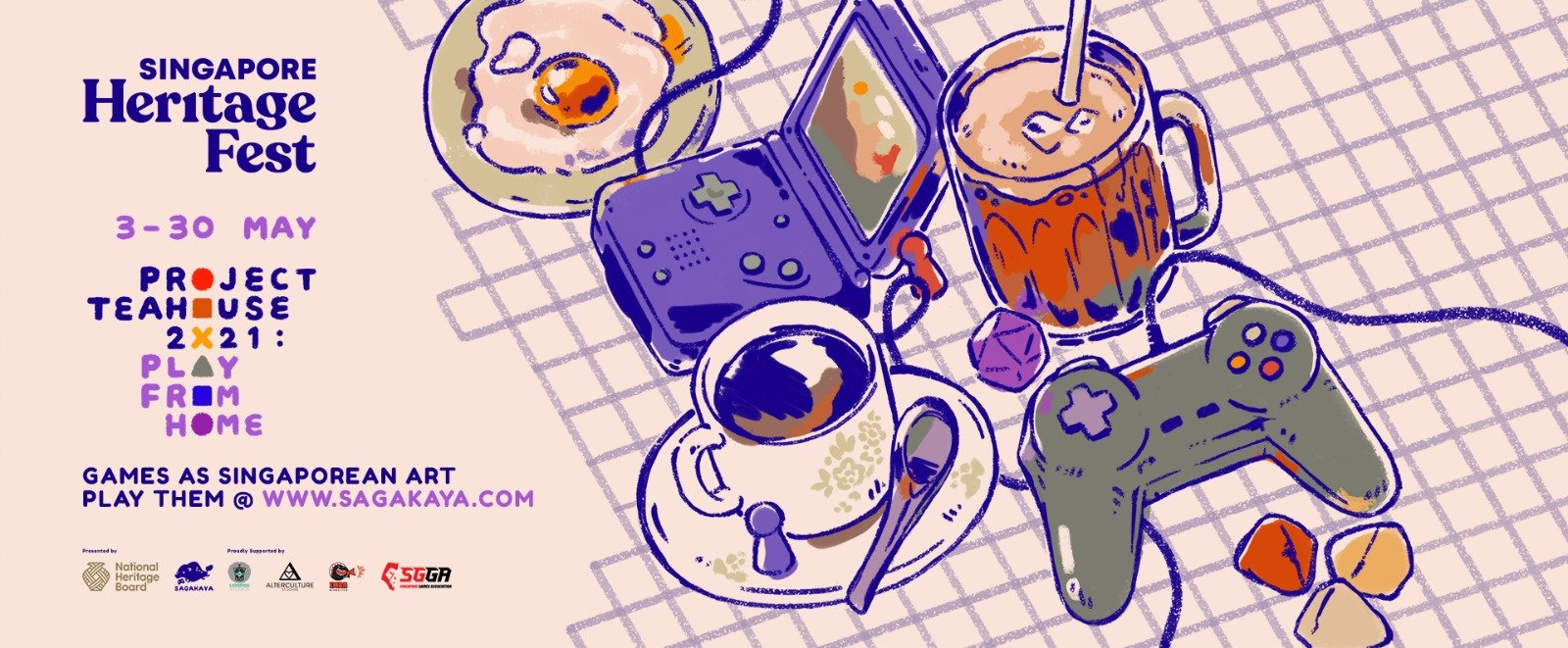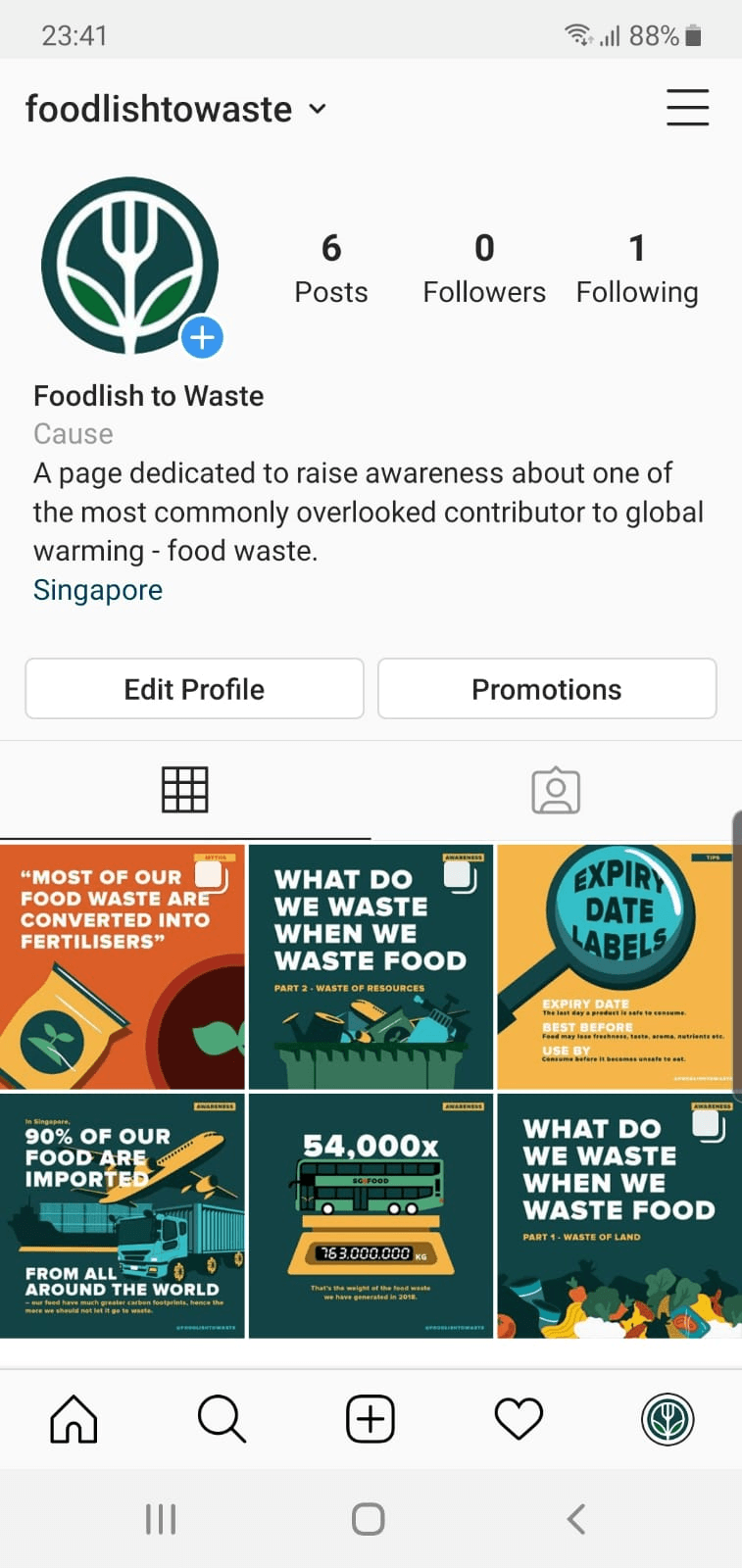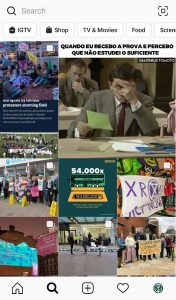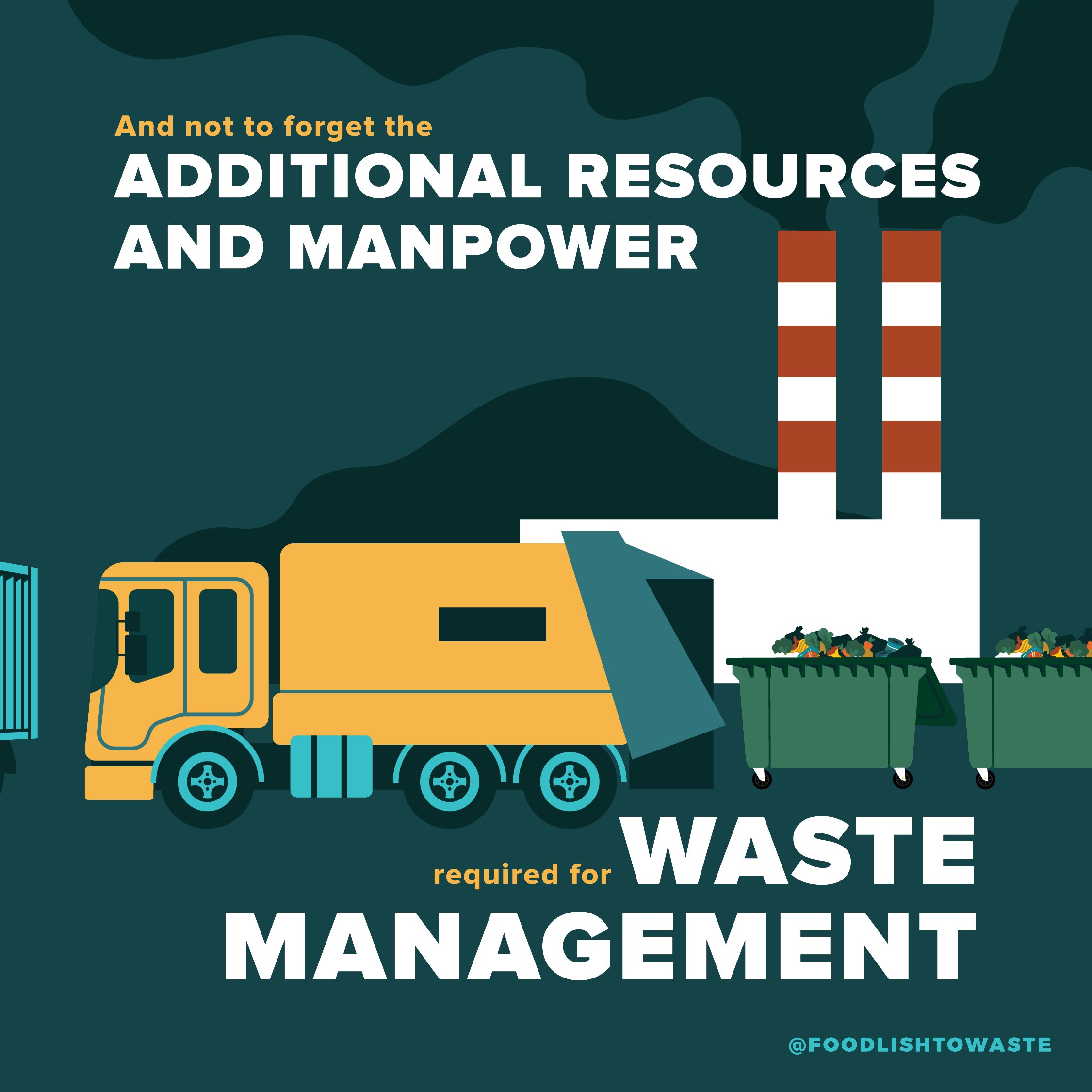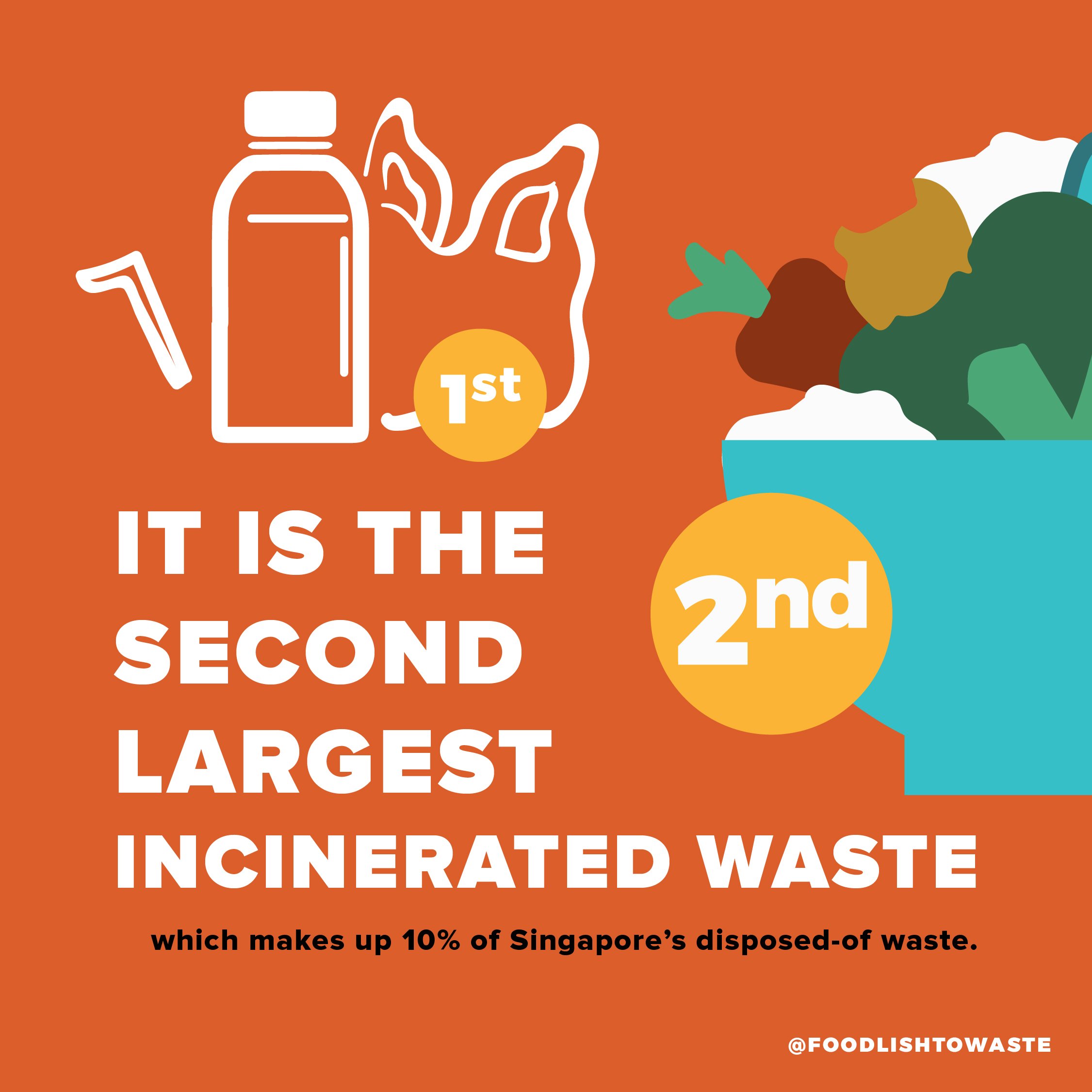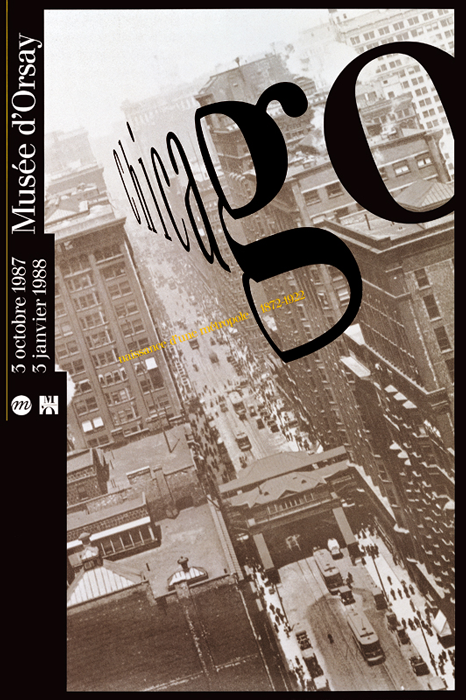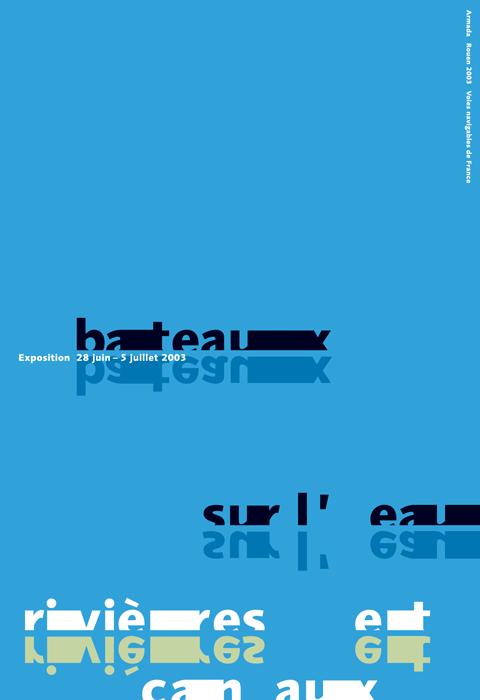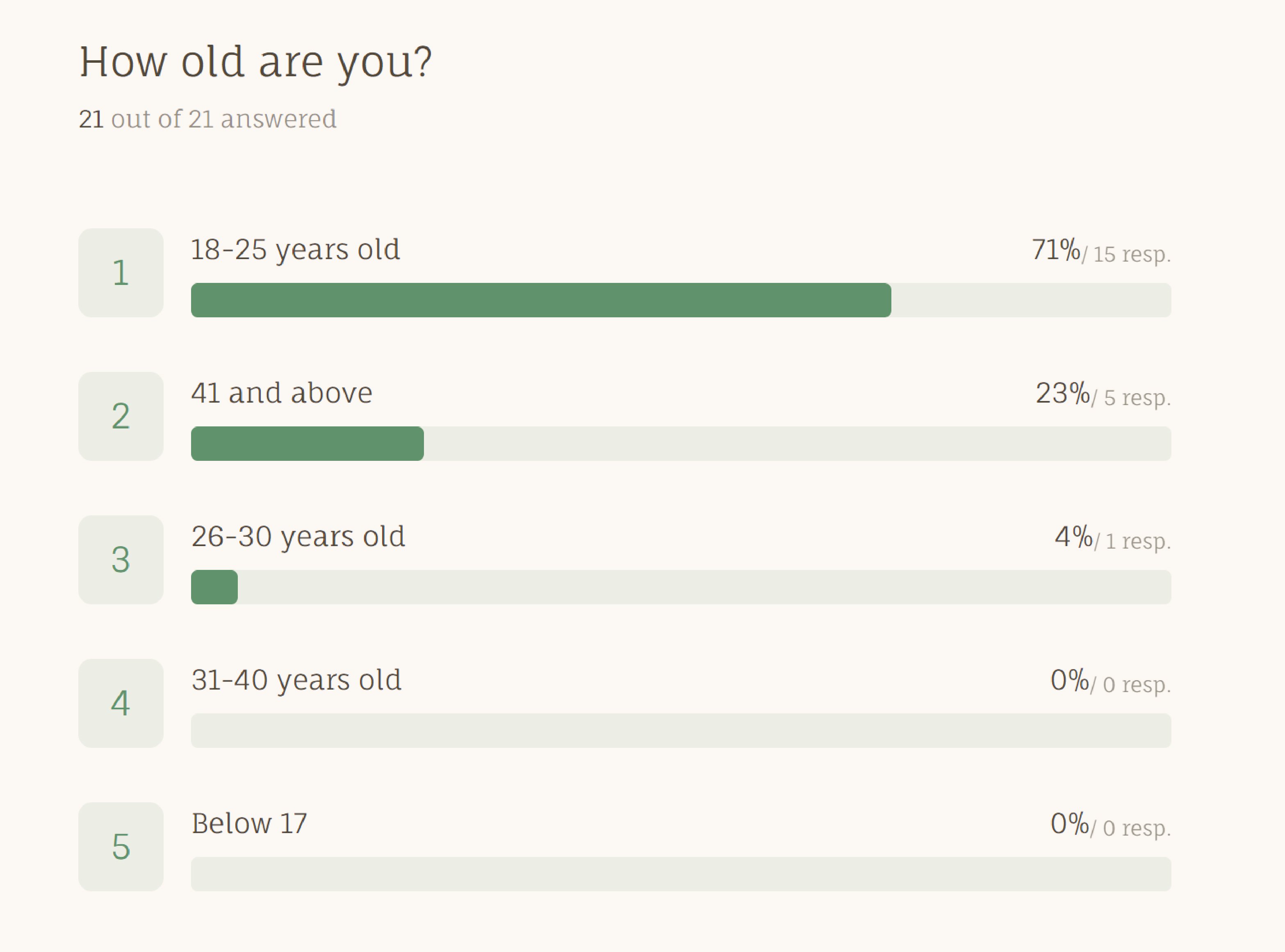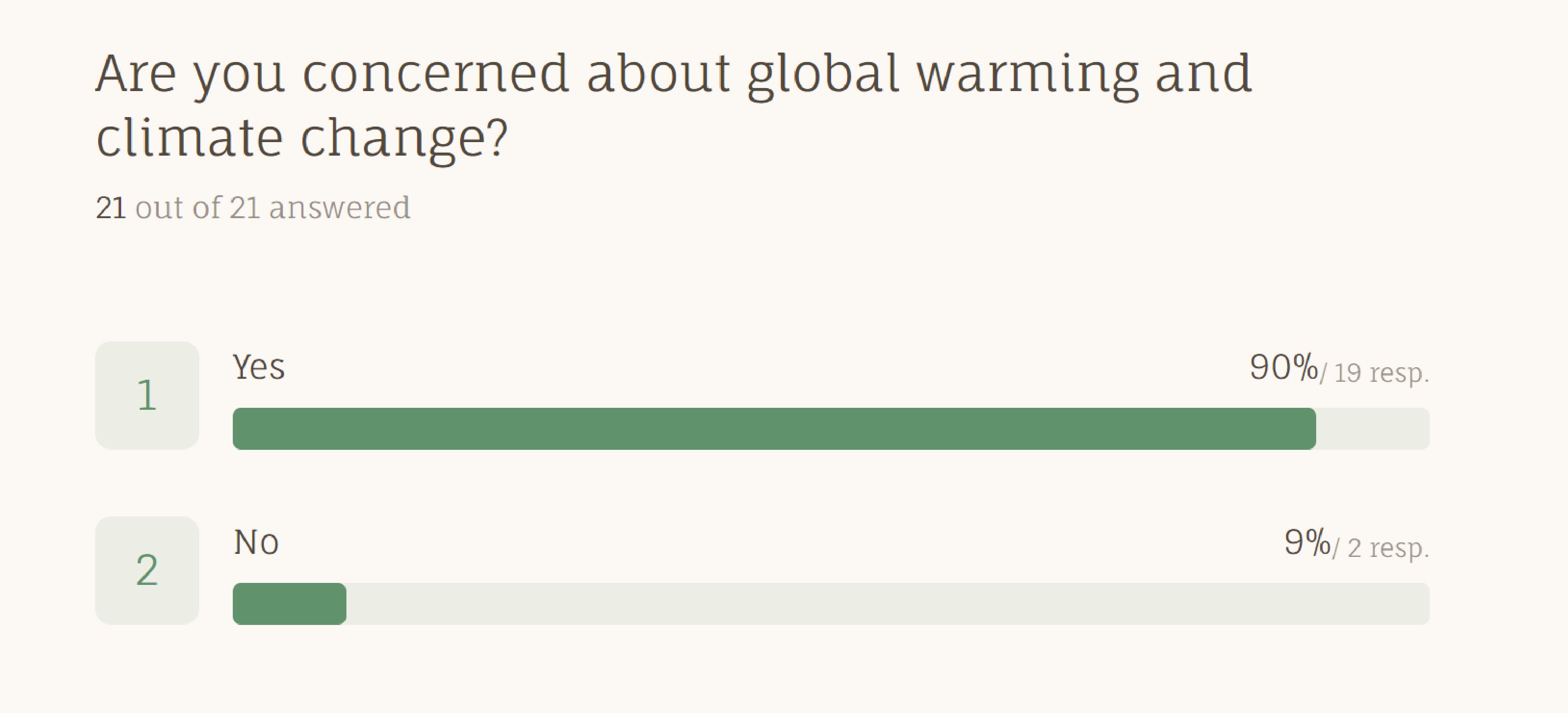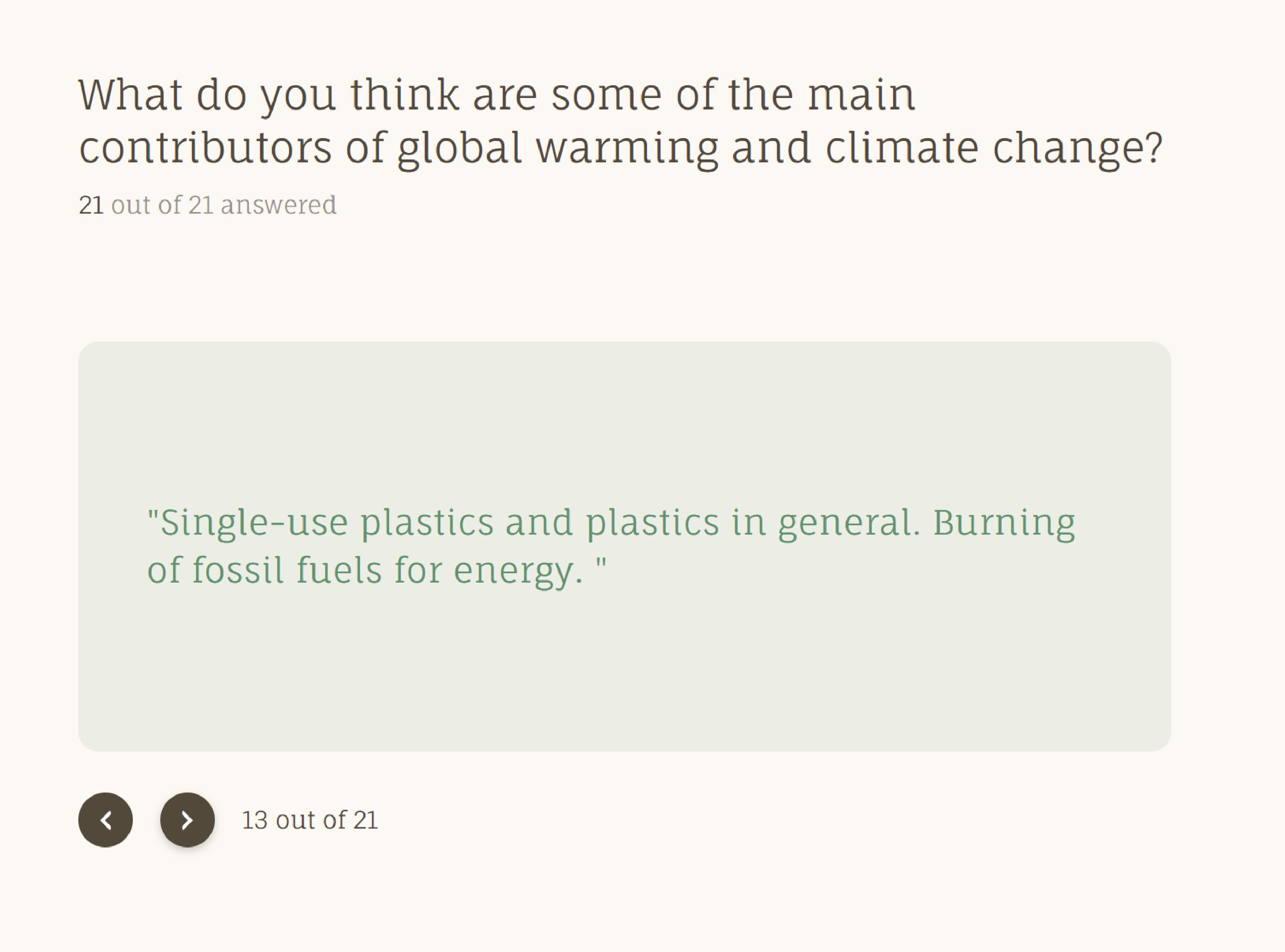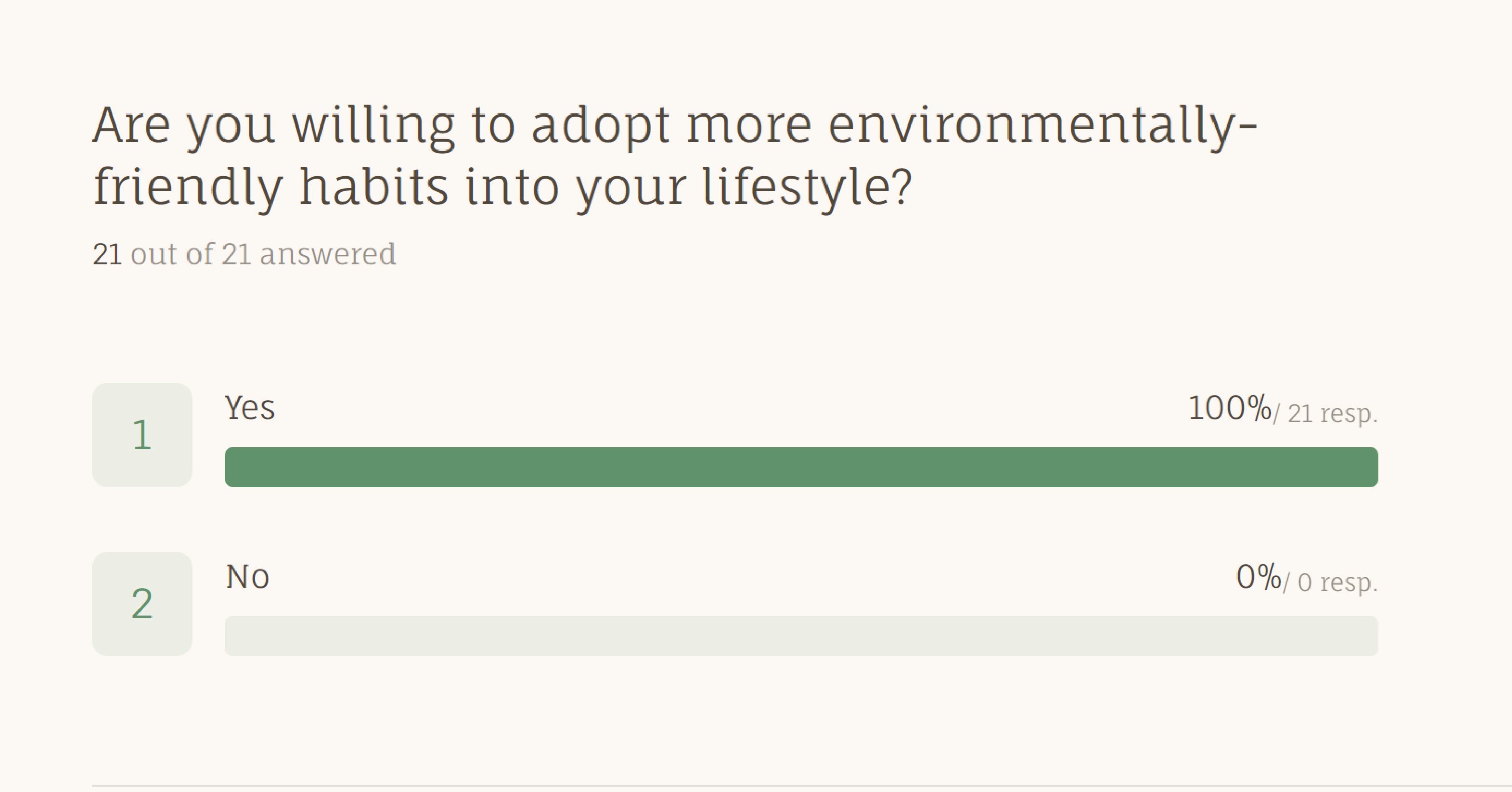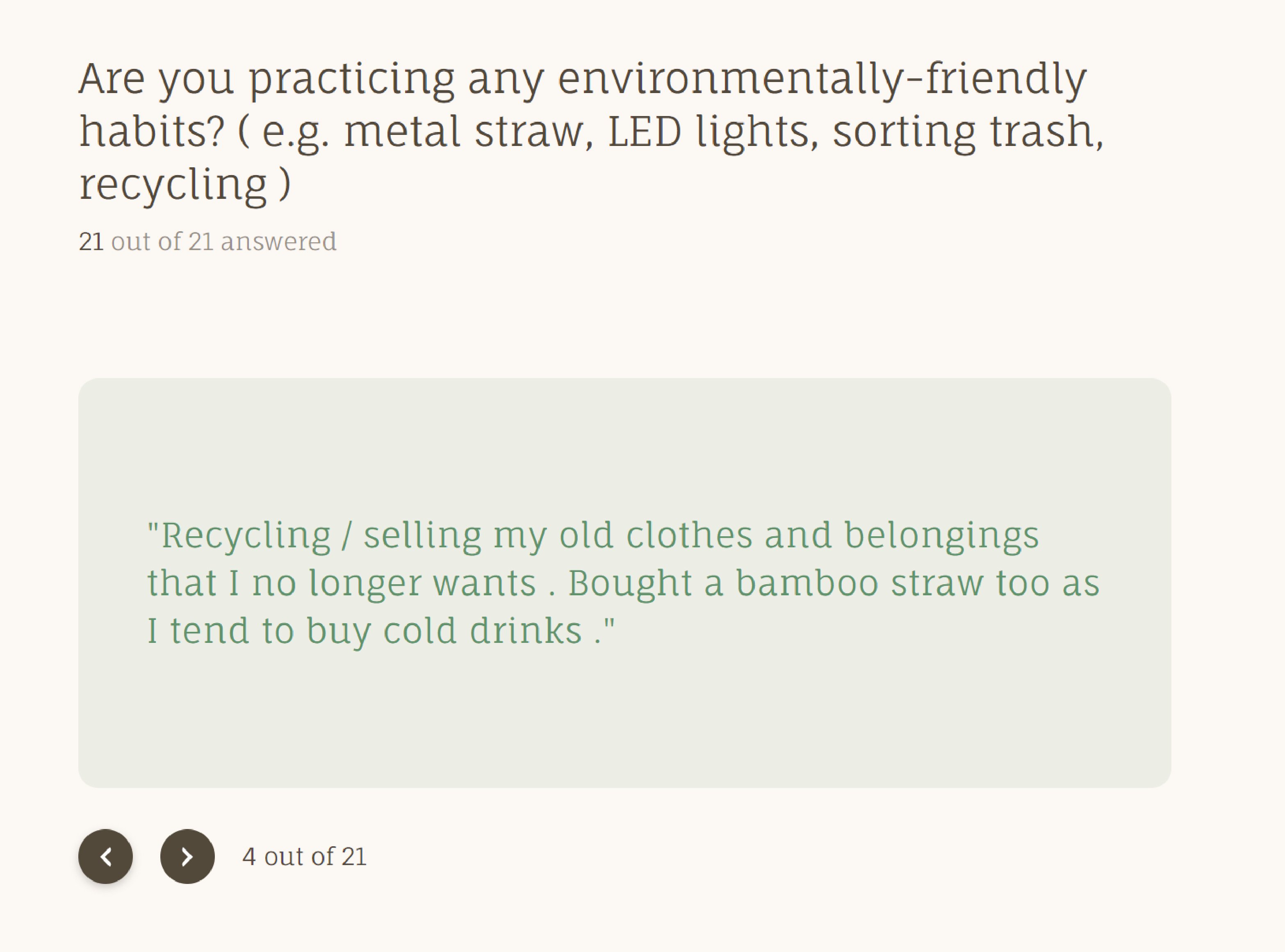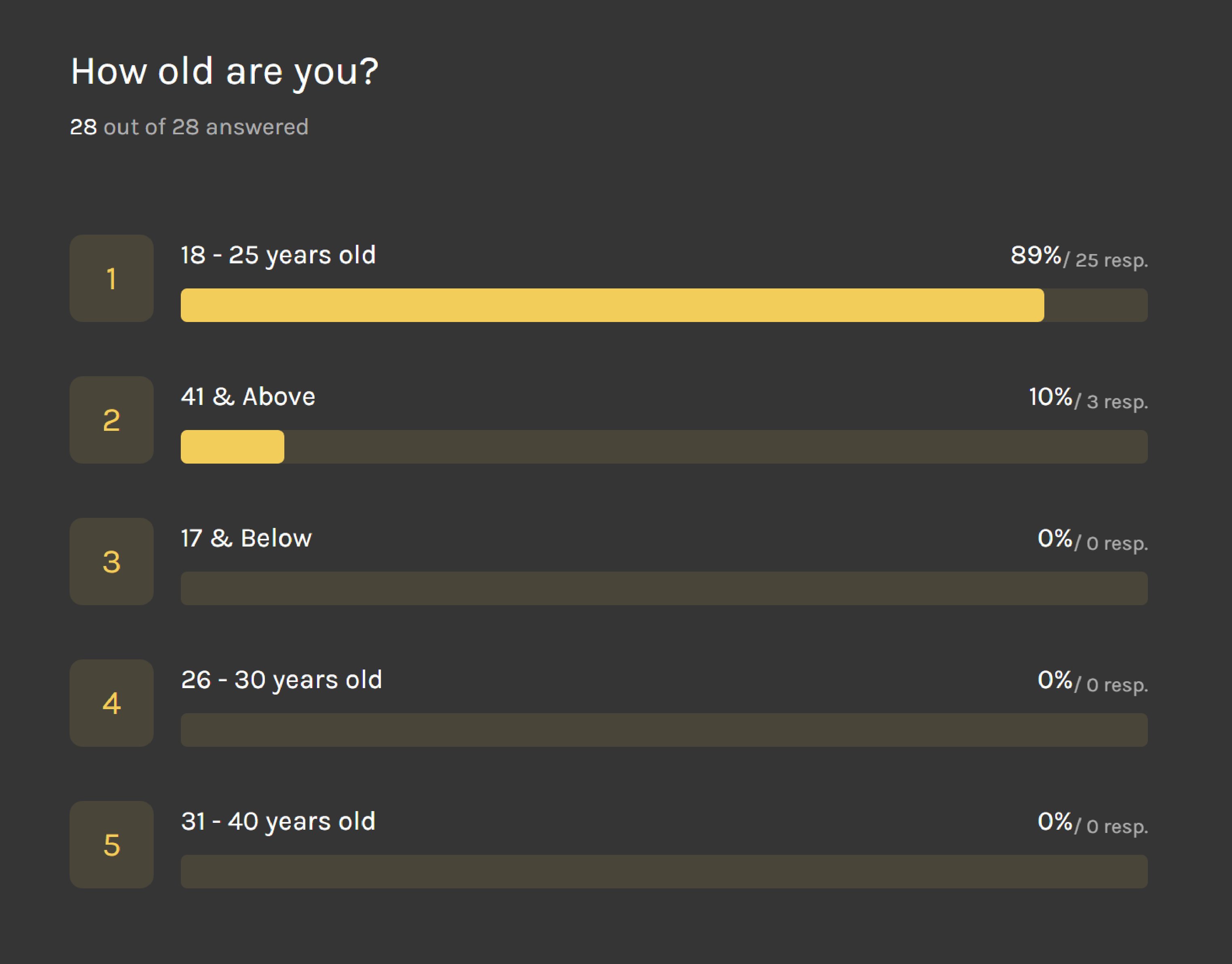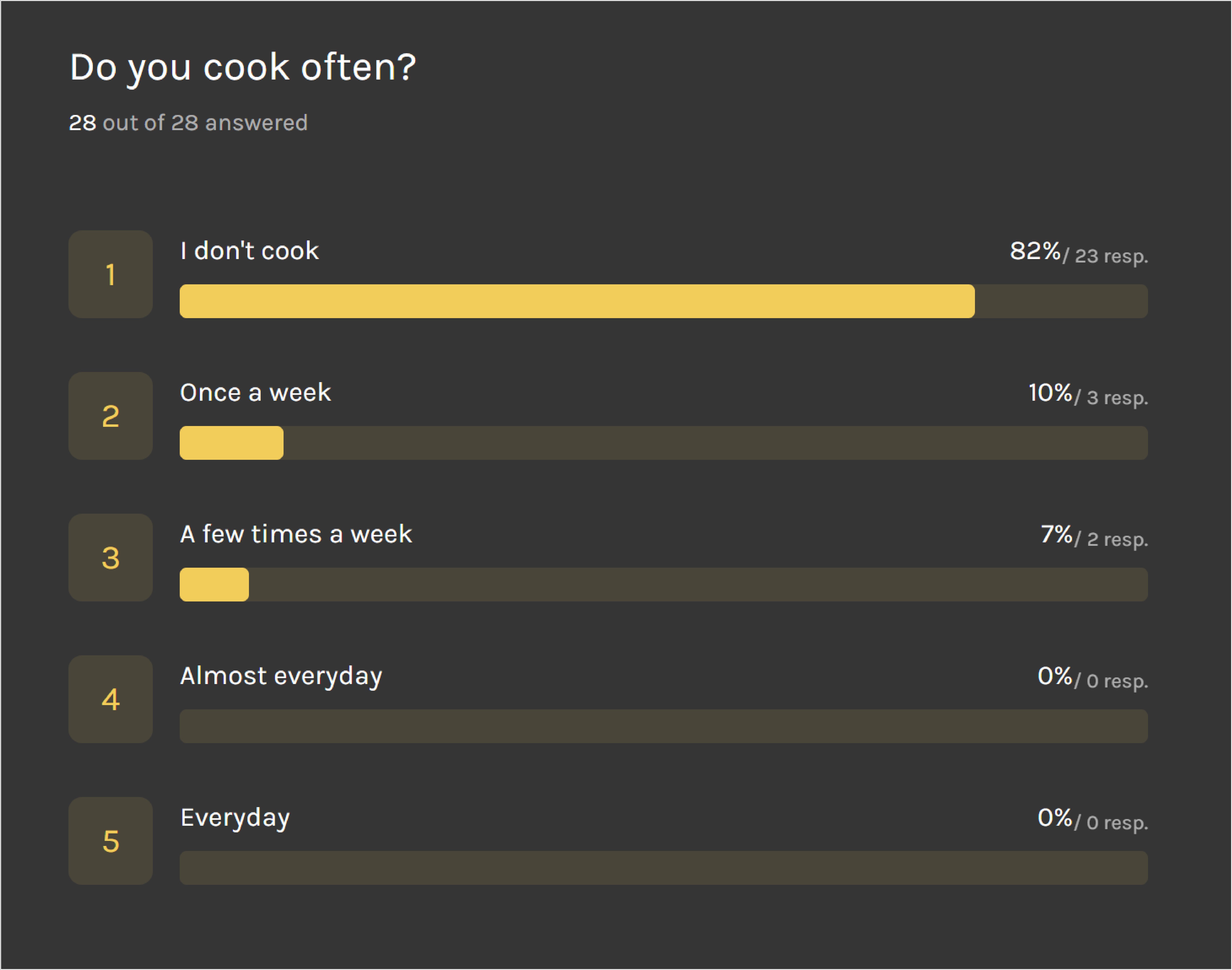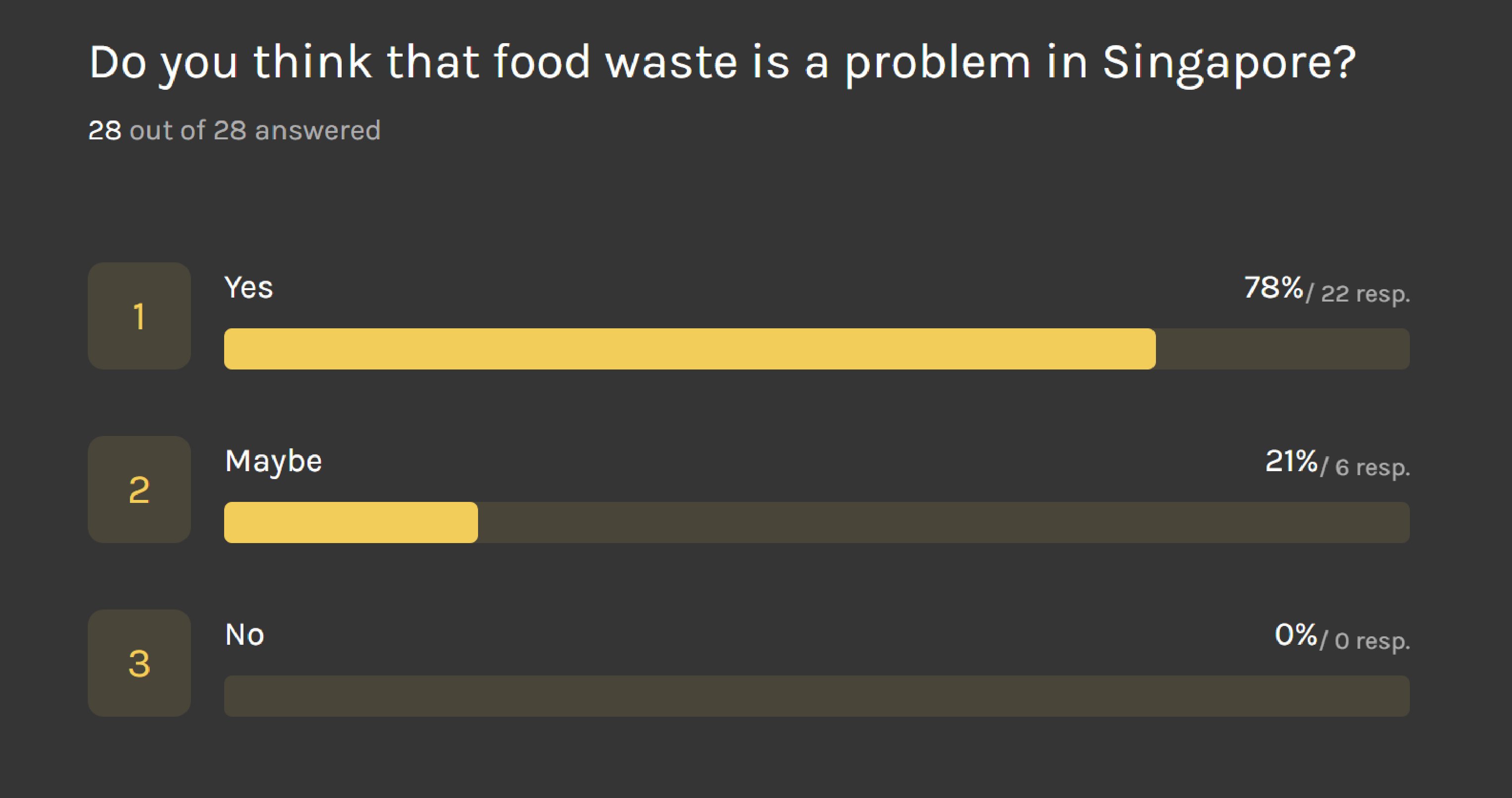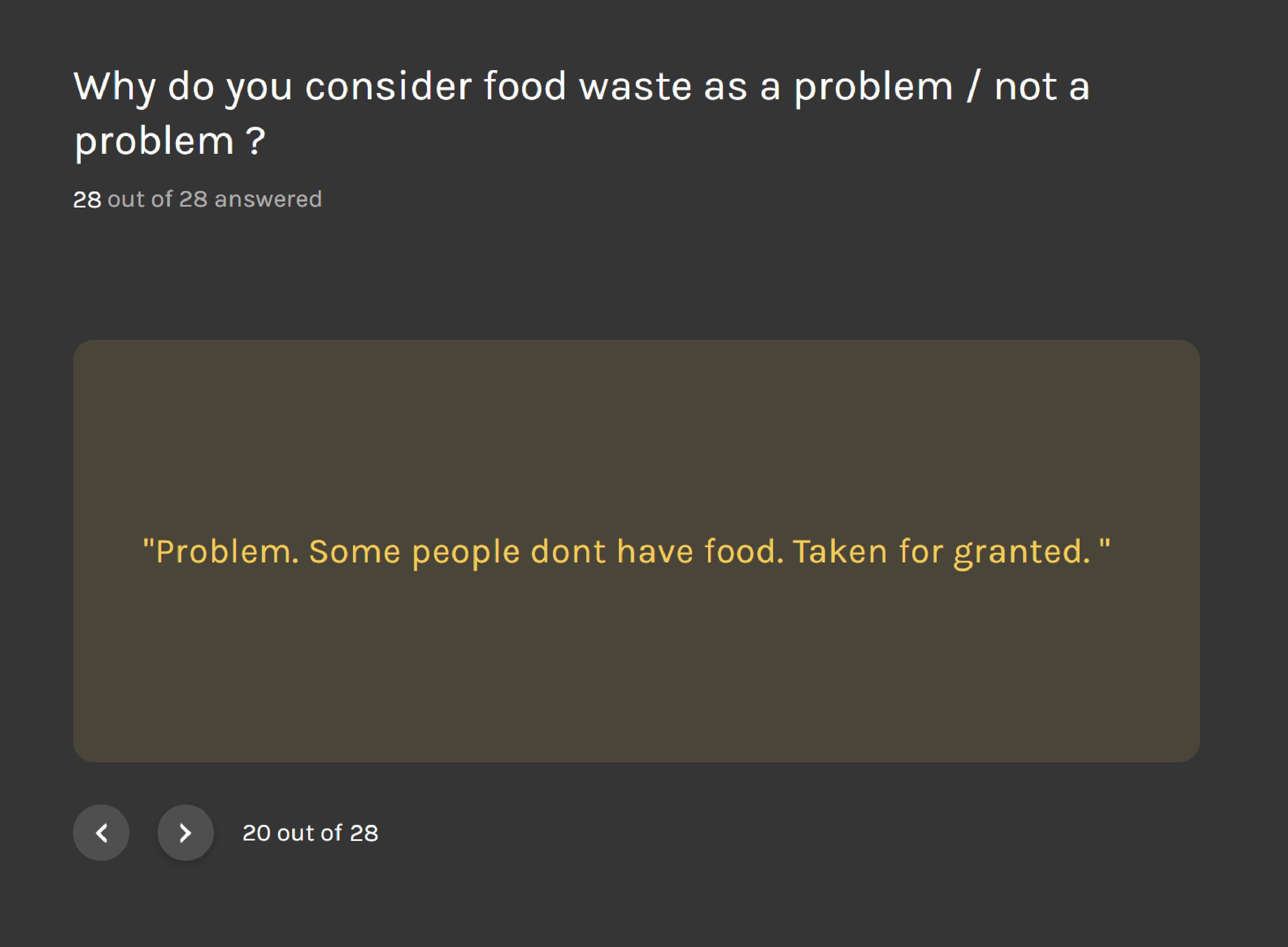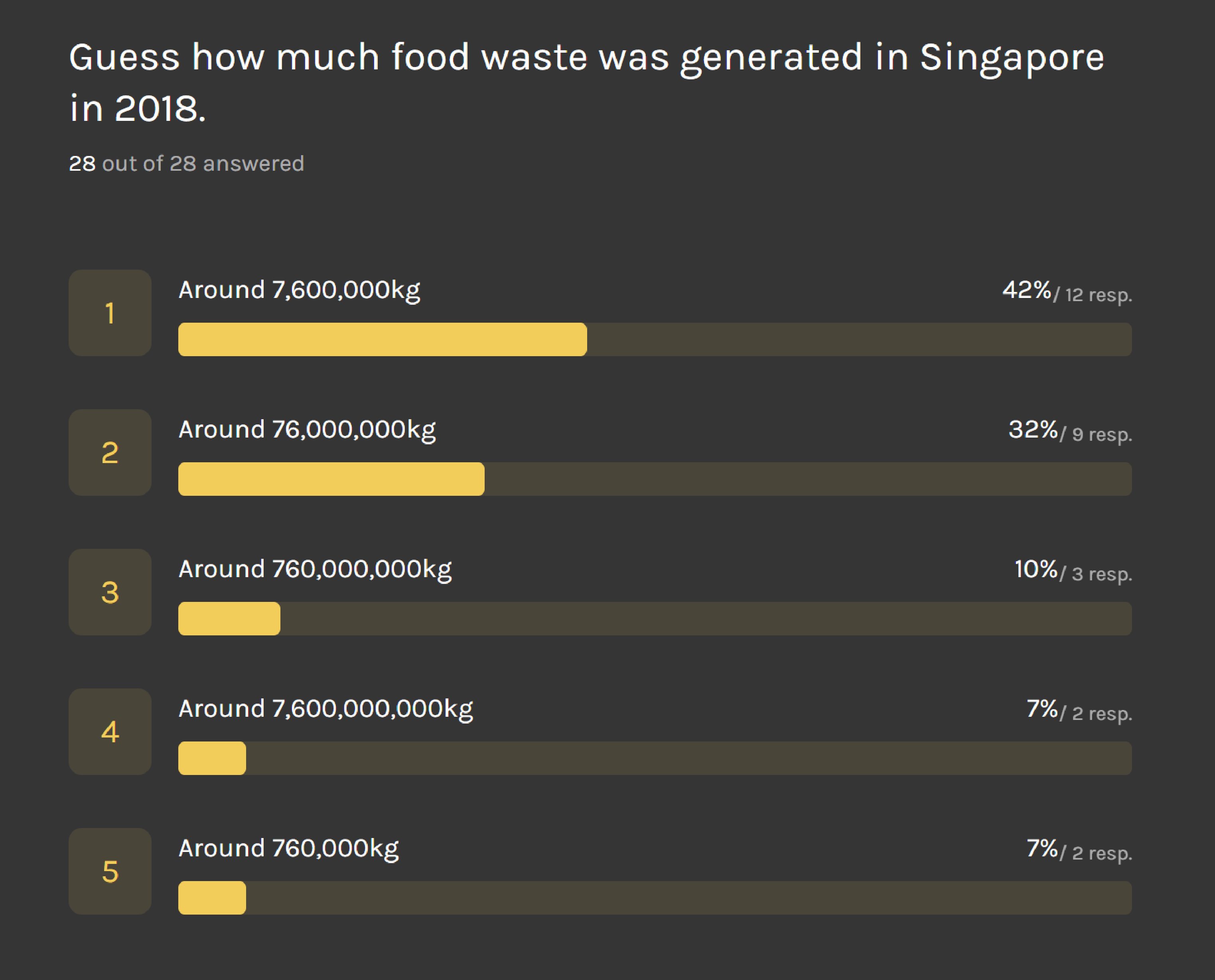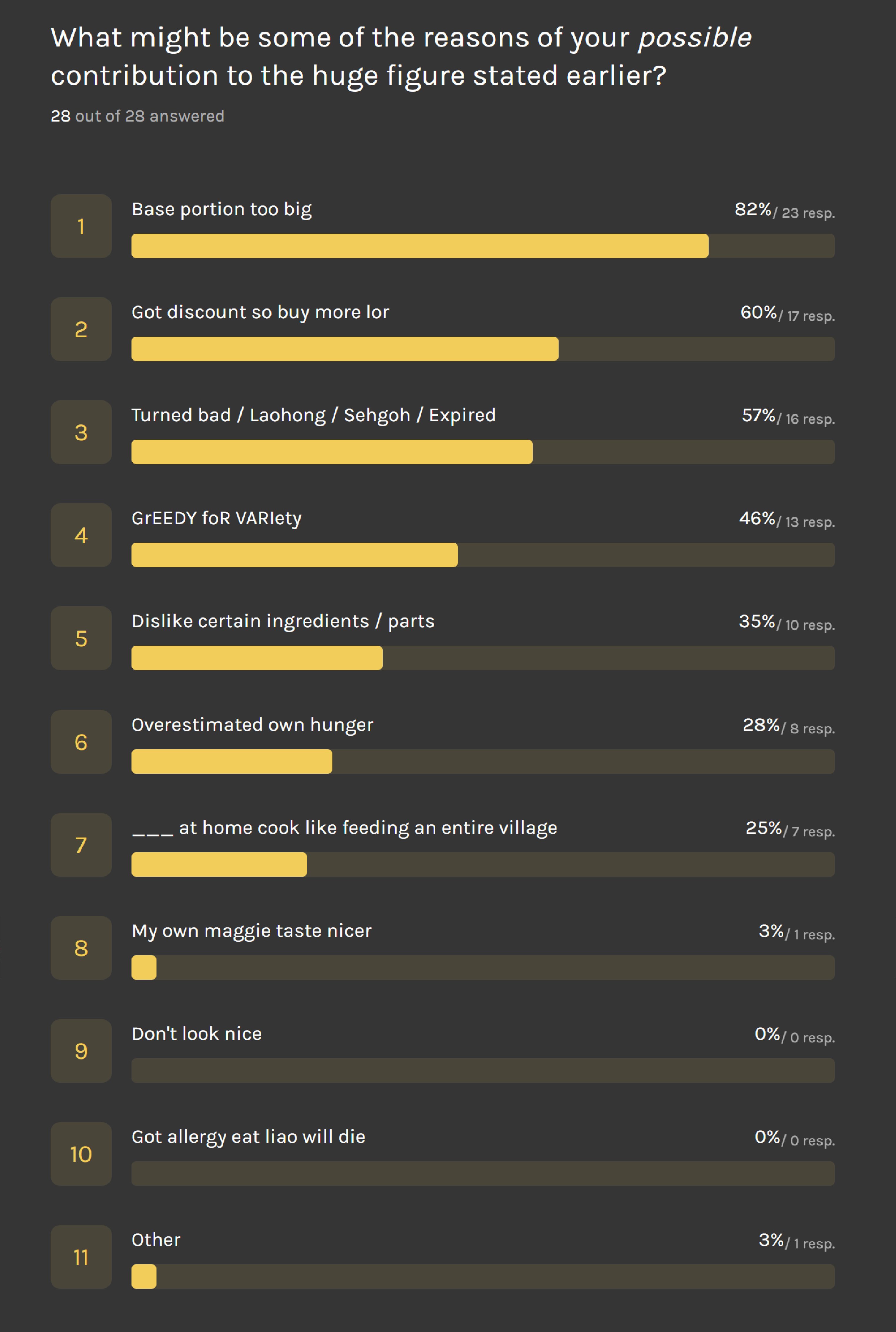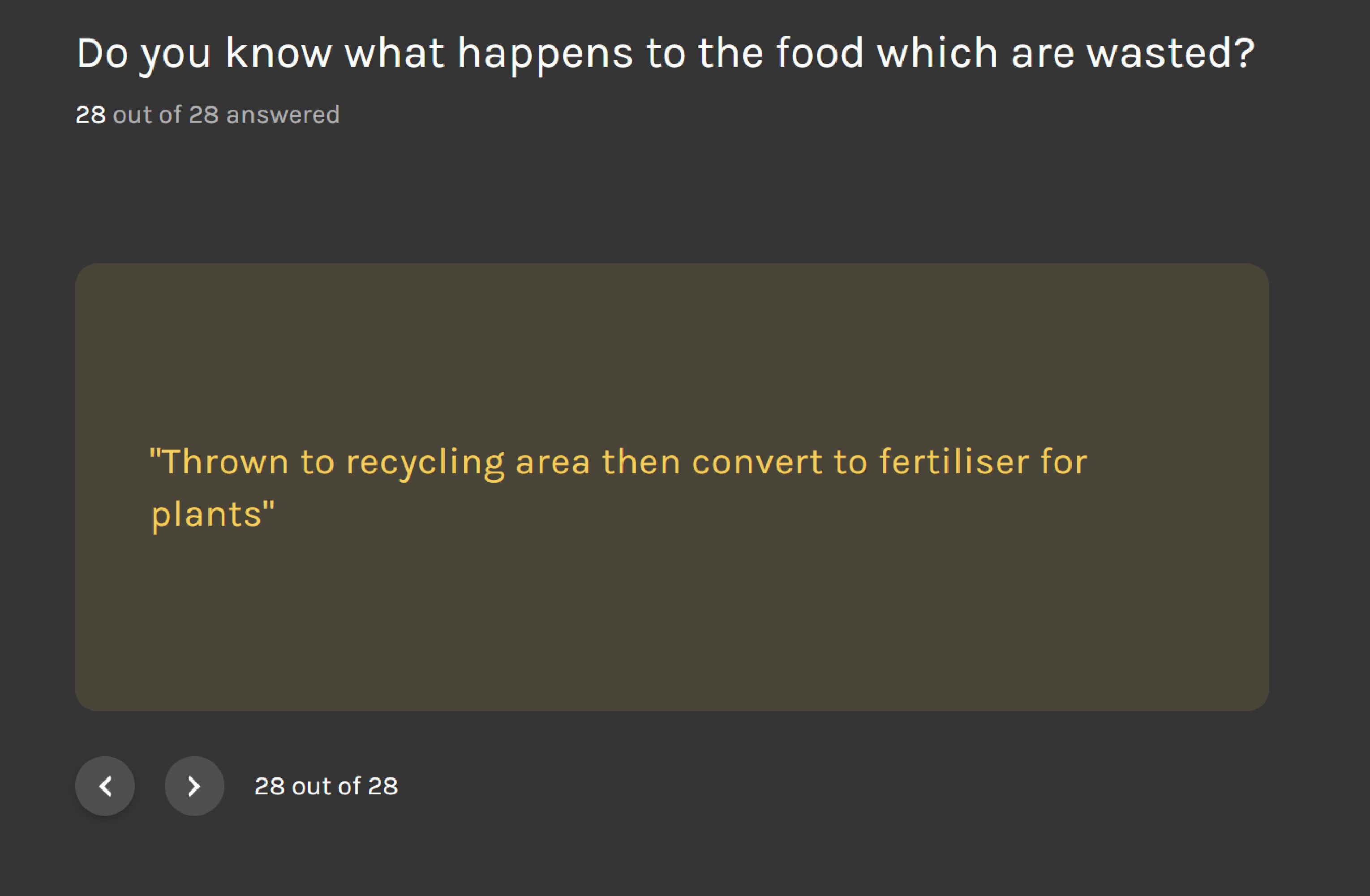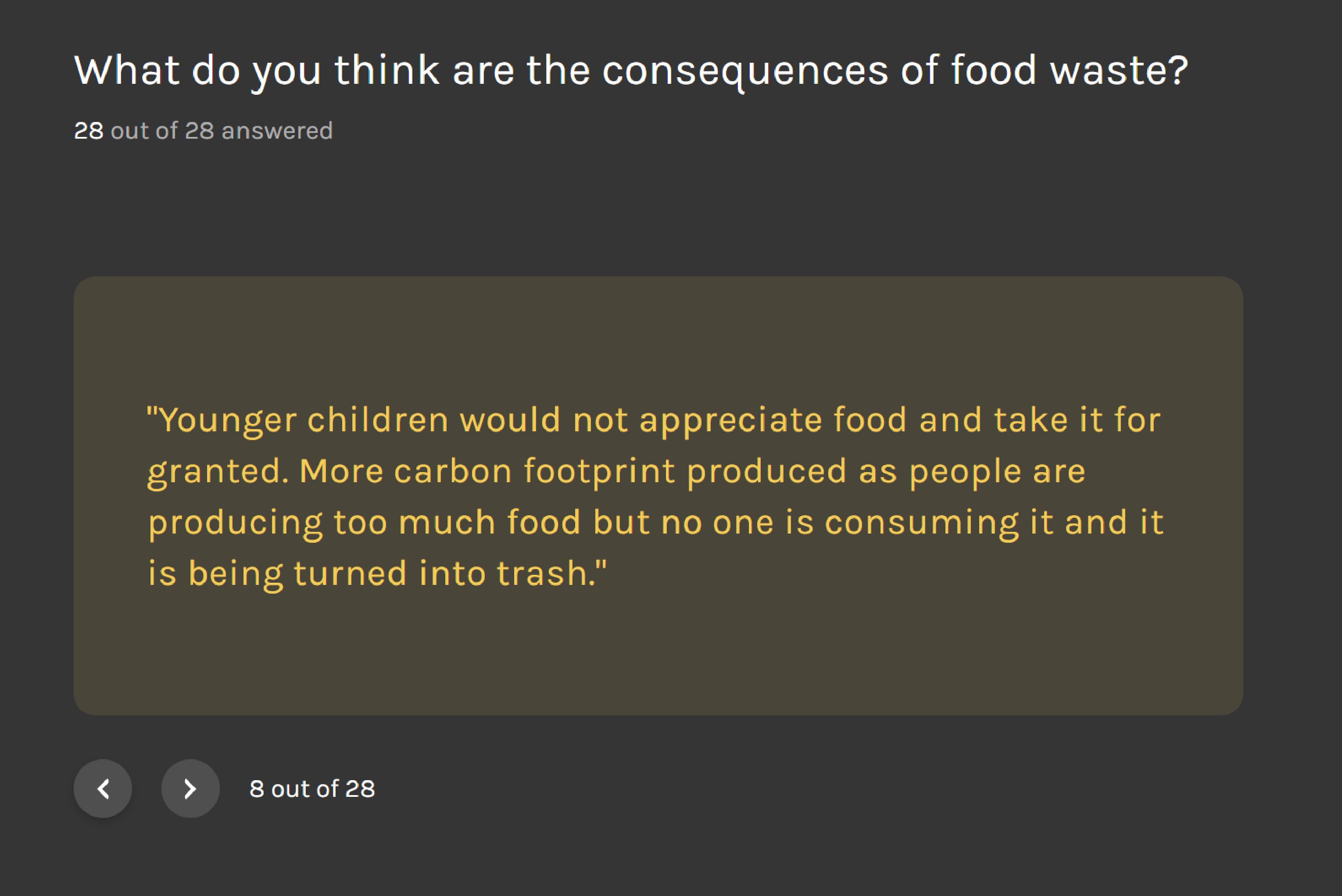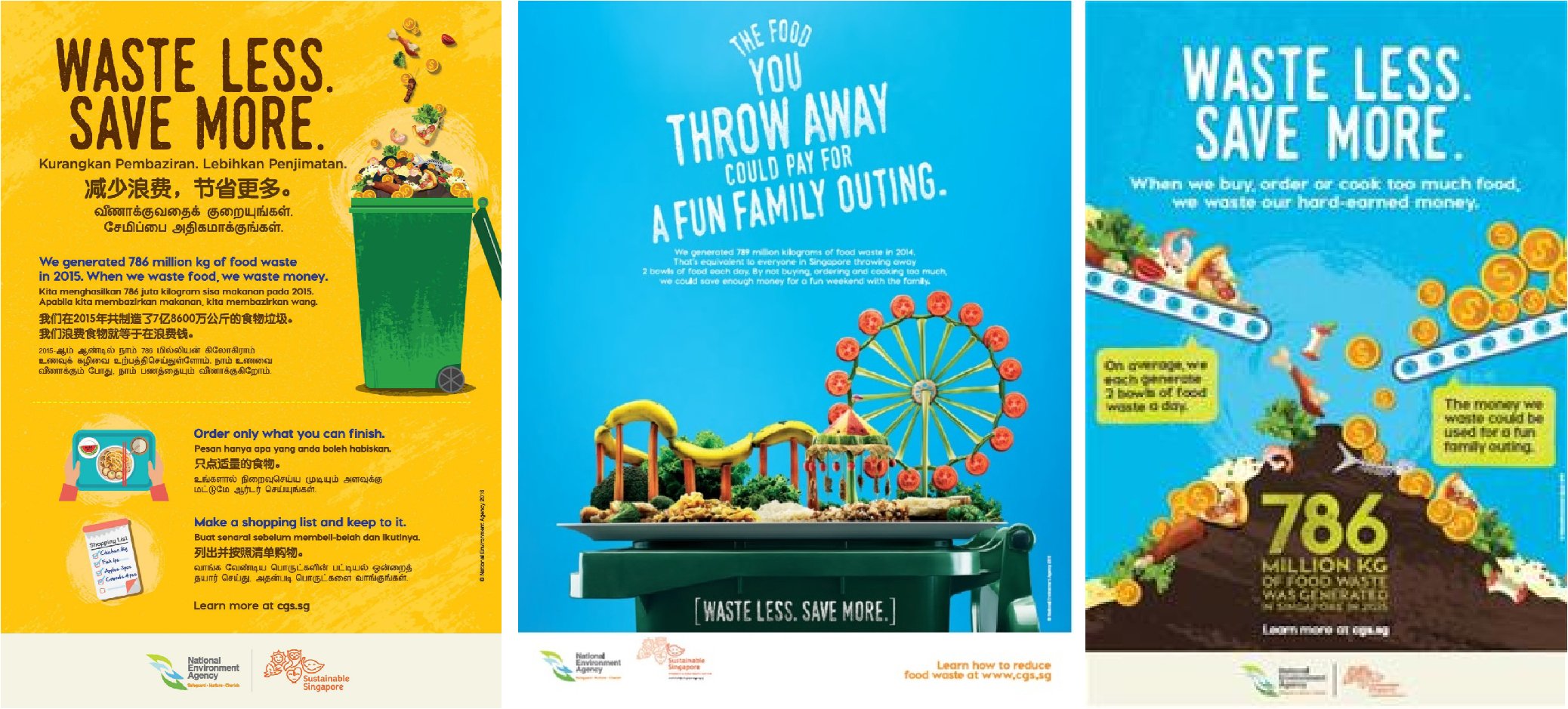Initial Topic of Interest:
The changing landscapes of the more mundane residential neighbourhoods in Singapore.
Objectives:
To enable the younger generations of Singapore to learn more about the mundane neighbourhoods – as most of the spotlight tend to be shone on tourist attractions, cultural landmarks, heritage districts, and the bigger heartlands instead.
To develop awareness and appreciation towards mundane everyday details that are often overlooked in our daily lives – such as experiences, vernacular visuals, and as well as cultures in the areas that may have transitioned from the past to what it is today.
To preserve these memories and visuals in a more tangible form, before they too, fades along with time and the constantly changing landscapes of our nation.
Chosen Topic of Interest:
Spatio-temporal Experiences and Place Attachments
Spatio-temporal adjective 1. Of, relating to, or existing in both space and time. 2. Of or relating to spacetime. Attachment noun 1. The act of attaching or the condition of being attached. 2. Something that attaches one thing to another. 3. An emotional bond, as of affection or loyalty; fond regard.
Spatio-temporal experiences are experiences that occurred at a space during a certain span of time. Every activity generates a particular spatio-temporal structure which most individuals are often unaware of – as the ephemeral intimacies of direct experience and the true quality of a place are frequently taken for granted and are uncaptured as they were often too mundane.
These spaces/places eventually acquire value and meaning through the steady accretion of experience and sentiments over time, forming an emotional attachment between people and the places that are often subconscious. Place attachment is considered to be a fundamental human need, however, that the contemporary society is increasingly unable to satisfy due to its tendencies of rapid changes and gradual spatial uniformity, increased mobilities, and a spike in purely functionalistic relationships with places.
Routines and familiar places are rarely celebrated; as it would just be another day at the same place. Especially in a contemporary city like Singapore where change and progression are priorities and are reflected in culture and the changing landscapes. People tend to only realise the value of these mundane experiences and places only when routines and equilibriums are disrupted, or when these places are lost.
Why is it important?
After undergoing decades of economic reforms and modernisation, many Singaporeans have became increasingly aware of the changes to Singapore’s physical and cultural landscape, which resulted in the loss of both tangible and intangible cultures. There have been an increase in voices on heritage preservation, as well as extensive media coverages and discussions on demolishment and redevelopments of places of cultural significances, and of significant mature estates and commercial places. Tours, articles, coverages and education on significant heritage locations, heartlands and trendy districts.
However, what of the more “insignificant” and mundane places that many of us refer to as home, or the places that people similarly would not realise of their emotional value until they are gone?
Life in routine is thoroughly familiar, and when things are familiar, they tend to be taken for granted. Security lies in routine – it is said to be a fundamental source of confidence. When routines are disrupted, or when initial pursuits and conformities no longer provide satisfaction or a sense of belonging, people loses their equilibrium and starts to question their sense of self.
According to studies, whenever a person – young or old, feels that the world is changing too rapidly or beyond their control, their characteristic response is to evoke the ideal and much stable past. People revisits the past for various reasons, but a commonality was the need to possess a sense of self and identity – however, the past often may no longer be visible, tangible, or accessible.
"The feeling we experience towards certain places and to the communities that the places help to define and that are themselves defined by the places... and has a strong positive effect in defining our identity, in filling our life with meaning, in enriching it with values, goals, and significance." Theory of Attachment and Place Attachment by Maria Vittoria Giulani
Author’s Motivations:
Inspired by the personal experiences of having to move houses from one place to another, and how the author similarly have taken the warmth of many mundane experiences and places for granted, the author wanted to take this chance to create a personal retrospection to navigate her own experiences, and to explore about the sense of belonging.
Relocation and the sense of belonging are topics that are often explored or brought up by people who have migrated or are living in another country or state, where the distance between the locations are significant. What of those who have to relocate to another place within a small country like Singapore?
Objectives:
To create a personal retrospection through visual communication, about the author’s spatio-temporal experiences and attachments to the places that she have lived in, and to explore about the sense of belonging.
To encourage the younger generations of Singapore (milennials) to reflect about their past and not to take the subconscious spatio-temporal experiences for granted.
To develop awareness and appreciation towards mundane everyday life that are often overlooked in favour of the extraordinary.
Keywords
Spatio-temporal Experiences
Place Attachment
Retrospective Reflection
Permanent Impermanence
Experiential Perspective
Subconscious Patterns
Sense of Identity
Mundane
Concretion of Value
Concept of Place
Existing References:
Kia kia | Penang Shophouses Walking Tour Kit by Eve Lyn Lau
reuse eventually by ori studio
Singapore Heritage Fest – Project Teahouse 2021
Bibliography
Books and Journals
Tuan, Y. (2018). Space and Place: The Perspective of Experience. Minneapolis: University of Minnesota Press.
Bonnes, M. (2017). Psychological Theories for Environmental Issues.
Ikalović, V., & Chiesi, L. (2019). A Dynamic Sense of Home: Spatio-temporal Aspects of Mobility of Young Tokyo Residents. Urbani Izziv, 1(30), 101-113.
Articles and Media Coverages
https://www.channelnewsasia.com/singapore/dakota-crescents-elderly-got-fresh-start-new-flats-some-it-came-cost-2109351
https://www.channelnewsasia.com/singapore/dakota-crescents-elderly-got-fresh-start-new-flats-some-it-came-cost-2109351
https://www.straitstimes.com/singapore/home-truly-the-place-that-nurtured-me-for-abroad
https://www.channelnewsasia.com/lifestyle/darren-soh-photograph-singapore-heritage-buildings-hdb-1975096


